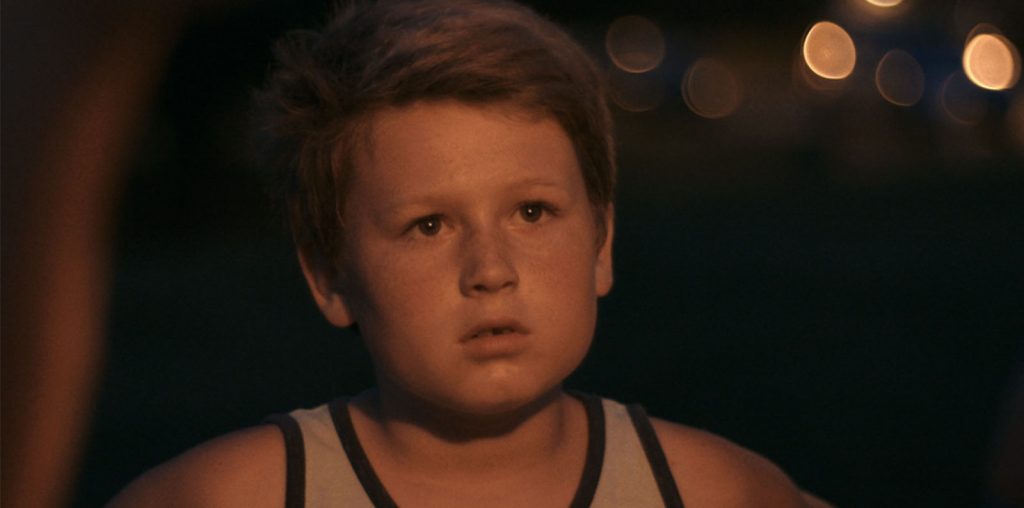
There are two very different films running simultaneously in “African Cats,” the latest offering in the DisneyNature series of zoology documentaries. The first film is a throwback to the old-fashioned Disney nature films that present the animal kingdom in blatantly anthropomorphic parameters – complete with cutesy names for the creatures and simplified storylines that seem to have put together in the editing process.
The second film, however, is something very different: one of the most gorgeously filmed non-fiction films ever put on camera. Directors Alastair Fothergill and Keith Scholey, along with cinematographers Sophie Darlington and Simon Kerry, have produced a stunning visual record of the wildlife within Kenya’s Masai Mara National Reserve. The depth and scope of cinematography is peerless – the majestic four-legged and feathered denizens of the reserve are captured in crisp, sharp detail that highlights their physical beauty and emotional power. In the animal kingdom’s kill-or-be-killed world, the predators and prey are framed with a clarity and precision that would serve as an invaluable lesson to any aspiring cinematographer.
The eponymous felines of the film are two distinctive families: a pride of lions led by a somewhat mangy male referred to in the narration as Fang (due to a loose tooth dangling over his lower lip), and a single mother cheetah identified as Sita, who has to watch over her five cubs. In the course of the film, tragedy strikes both families – the elder lioness Layla is physically battered from years of hunting and her cub Mara finds her place in the pride at risk, while Sita loses two cubs to a pack of hyenas. There is also another lion pride that is eager to take over Fang’s leadership and lionesses.
“African Cats” is burdened by a narration that puts a little too much humanity into its animal subjects – most egregiously when Mara supposedly views Fang as “the best dad ever.” Samuel L. Jackson gamely tries to offer a light humor in the narration, but the jokey element often seems out of place.
But, ultimately, the silly talk does not matter when the pictorial splendor of “African Cats” dominates the screen. There are a number of wonderful surprises to behold, particularly a number of tracking shots of the cheetahs stalking their prey and a startling standoff between the lions and the crocodiles that rule a waterway.
The film’s G-rating might sanitize the more unpleasant aspects of the subject – the cats’ successful capture of their prey is not shown in any gory detail – but it helps to make the film appropriate for younger viewers. Indeed, “African Cats” is an ideal vehicle for introducing children to the complexity and glory of zoology – and if adults don’t mind the narration, they will also discover a visual masterwork of nature-oriented cinema.
